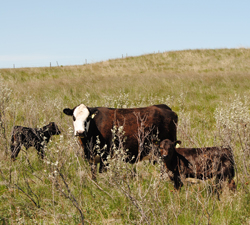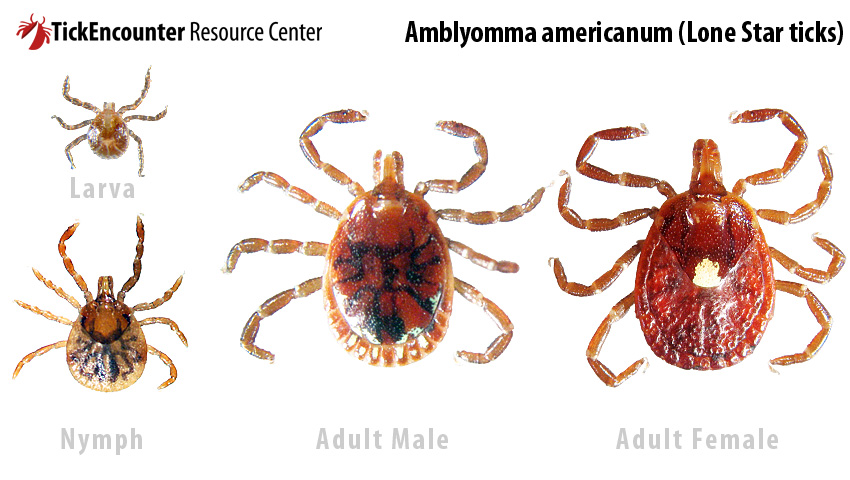-

April 16, 2018This Will Make Your Skin Crawl This article written by Dr. Reynold Bergen, BCRC Science Director, originally appeared in the April 2018 issue of...
Keep Reading -

August 24, 2017A Canadian Perspective on the Red Meat Allergy This guest post is written by Shaun Dergousoff, PhD, a research scientist at AAFC Lethbridge focused on...
Keep Reading -

August 24, 2015Announcing the Beef Researcher Mentorship Program 2015-16 participants We are pleased to announce the participants in the 2015-16 Beef Researcher...
Keep Reading